BRUSSELS - American soldiers assigned to the U.S. Army Europe Emergency Management Assessment Team had a rare opportunity recently: they lived and trained with a Belgian fire department and worked side-by-side with them during an exercise at Brussels American School.
The combined training was the idea of Stef Vandersmissen, a sergeant major with the Zaventem Fire Department, near U.S. Army Garrison Brussels.
Vandersmissen is an assistant platoon leader in the fire department and the training officer for the department's hazardous materials team. He said the idea for the combined training came to him after a less-than successful exercise his team participated in a few years ago.
We had an exercise near SHAPE that didn't go well, Vandersmissen said. After that I asked whether it would be possible to train with America's finest Soldiers in hazmat.
Vandersmissen said he worked with USAG Brussels Antiterrorism and Force Protection Officer Rik Bertrand to set up the training with the EMAT.
Bertrand contacted Maj. Michael A Petrunyak, the EMAT commander, and asked if they'd be interested in training with the Zaventem team and participating in a hazmat exercise.
"I linked up Steff and Maj. Petrunyak and they worked out the details," Bertrand said.
The two units first trained together in March when the American Soldiers traveled from Germany and stayed at the Zaventem Fire Department.
During the March training, the Soldiers and Belgian firefighters trained to respond to a variety of scenarios involving hazardous material spills. The Belgian firefighters provided the initial response and, in keeping with their mission, the EMAT Soldiers came in once called.
The EMAT normally arrives on scene after local assets have responded and mitigated a spill.
Petrunyak said his team is there for assessment and advice.
"It could be eight hours or two days after the incident when we arrive," Petrunyak said. "We try to determine what the stuff is if they haven't already."
The EMAT could be called for an incident on an American military base or in another country.
If the incident is on an American military base in Europe, the request for the EMAT team goes through American military channels, Petrunyak said. If the request comes from a host nation it goes to the American embassy.
Once on scene, the EMAT works for the incident commander, no matter whether he is American or a local national. If the local department has been unable to identify the chemical spill the EMAT's sophisticated detection equipment can help to determine the composition.
PUT TO THE TEST
Petrunyak and his Soldiers returned to Brussels in April and rejoined the Zaventem Fire Department for training that prepared both teams for a combined hazmat exercise.
The EMAT Soldiers once again stayed at the fire department and participated in a daily training regimen with the Belgian team, Vandersmissen said.
Their final exam came during the training exercise on April 21 when they responded to a vehicle-based explosion and possible chemical attack at the athletic field at Steerebeek Annex.
The exercise began when two men in a car overpowered and killed the gate guards and entered Steerebeek Annex. During the struggle at the gate, one of the enemies was killed.
The remaining man drove the vehicle onto the athletic field where a sports event was taking place. He stopped the car and detonated a vehicle bomb and a bomb in the suicide vest he was wearing.
The explosions killed or injured several people on the field and released an unknown chemical agent which contaminated everyone.
First on the scene was the Zaventem Fire Department, then the Zaventem Police. The firefighters assessed the scene and determined a possible chemical agent had been released; they contacted the Zaventem Hazmat Team which responded within about five minutes.
The firefighters were also contaminated and had to remain on the field until the decontamination tents were set up.
About five minutes after they were called, the Zaventem Hazmat Team arrived with the USAREUR EMAT.
Also responding was the Brussels Fire Department Hazmat Team.
When they got to Steerebeek Annex the hazmat crews found that the dual explosions had killed five and critically injured six. Nine suffered serious injuries and more than a dozen had minor injuries.
And all of the victims, plus the Zaventem Firefighters who responded first, had to be decontaminated.
Fortunately, the combined resources of Zaventem, Brussels and the EMAT team handled the victims adeptly. Bertrand said that the presence of the Brussels Hazmat Team helped speed the triage and decontamination.
They set up dual decon and triage with Zaventem. They got people through faster, Bertrand said.
"They would normally work together in a big incident," Bertrand said. "Brussels has the larger Hazmat Team. They brought more to the party."
Bertrand said that if Brussels had not responded it would have taken twice as long to treat and decontaminate the victims.
While the hazmat and decontamination crews worked, the Zaventem Police blocked off the access roads to Steerebeek Annex. John F. Kennedy Lane in front of the annex became the decontamination site with a row of tents containing showers and medical treatment facilities.
One of the students who played a casualty was BAS sophomore Jane Rudy.
"I was closest to the car when it went off, I had simulated burns and was in critical condition," Rudy said.
Rudy said she was laying there, when "...this big green guy in a hazmat suit" approached her.
"It was kind of intimidating but he looked like Barney," Rudy said, referring to the dinosaur on the children's television show.
Rudy said her simulated injuries prevented her from walking and, when she stumbled, "...two orange guys picked me up on a stretcher."
Despite the seriousness of the scenario Rudy and the students had some fun with it, especially with their depictions of the hazmat-suit clad first responders.
"The kids would talk to each other and say 'Watch out, Barney's coming or the astronauts or the Oompa loompas, the orange guys.'"
Rudy said the exercise was a great experience, especially the chance to see the street blocked off and lined with orange shelters for showers and decontamination.
AFTERMATH
Following the exercise Vandersmissen reflected on his unit's performance.
"It went well, we had some problems we had foreseen but they can't be solved just like that," he said. "When confronted by a large number of casualties, we need more people to respond but it's just not possible, we don't have them."
But, overall, Vandersmissen was pleased with the progress his team showed and the way it worked so well with the American Soldiers.
The key, he said, was the multiple training scenarios they performed before the exercise.
"We played in scenarios at the fire department with the Brussels Fire Department and the Belgian military, as well. People improved from training scenario to scenario. I'm proud of our own firefighters. Everyone gave his best."
Vandersmissen said that what helped, too, was that the EMAT Soldiers lived and worked at the fire department for one week. The time together helped each crew to learn about the other and develop a personal and professional bond.
"During the evening and off-duty times we discussed hazmat and fire department stuff," Vandersmissen said. "We took them to Brussels and let them ride in our trucks. It was such a great, great week."
Petrunyak was of the same mind, noting that the training proved essential to the smooth operations between his team and the Zaventem crew during the exercise.
"It fostered a good working environment; everyone was there to lend a hand," Petrunyak said. "We demonstrated that we can do it. I feel very confident we can support them in a real-world environment."
The combined training also proved a good team-building exercise for his EMAT Soldiers, Petrunyak said.
"Supporting the host nation brought my team together. We applied the lessons the Belgians taught us. We got to do everything we can to support the incident commander," he said. "I got to know my team and what they can do and how we can support someone."
But, more than anything, the training and exercise established a lasting friendship between the American Soldiers and the Belgian firefighters.
"It was a really-good time," Petrunyak said. "They wanted to learn from us and we wanted to learn from them. They are our friends; we can call on them any time. The memories we have and the lessons we learned won't soon fade."
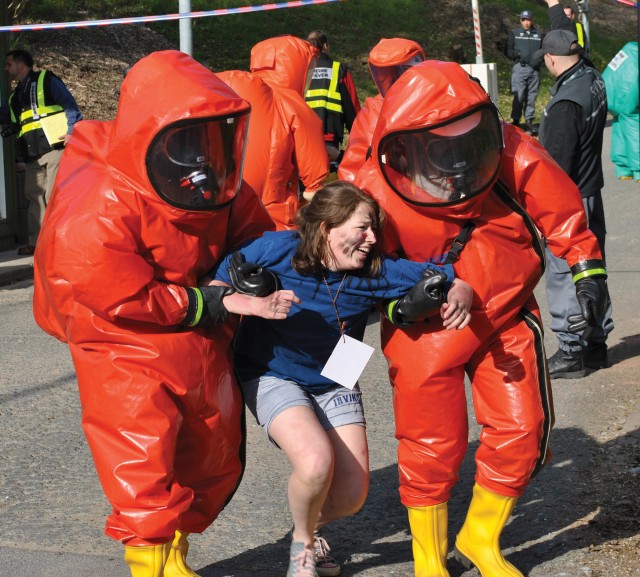
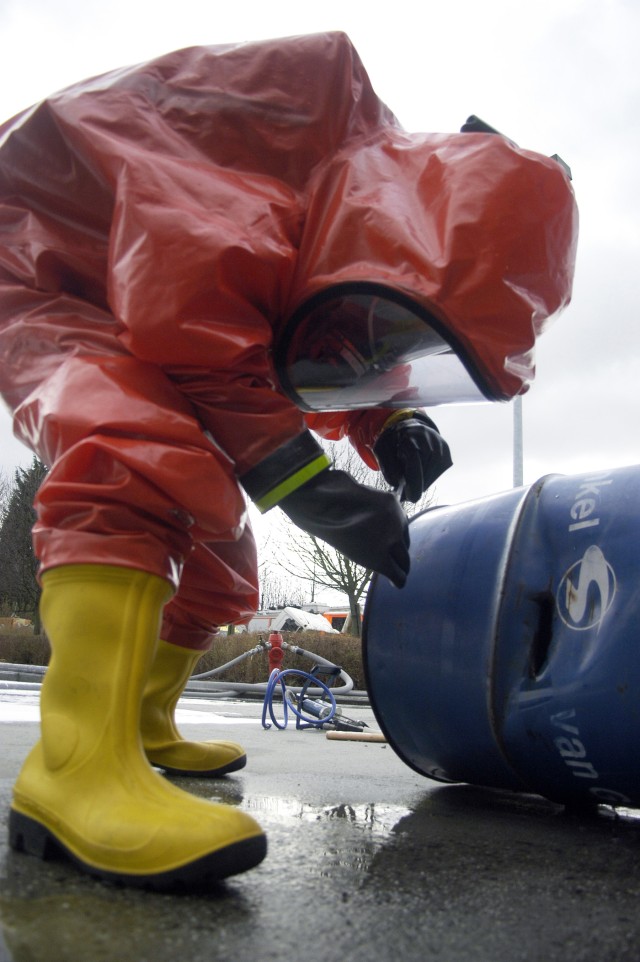
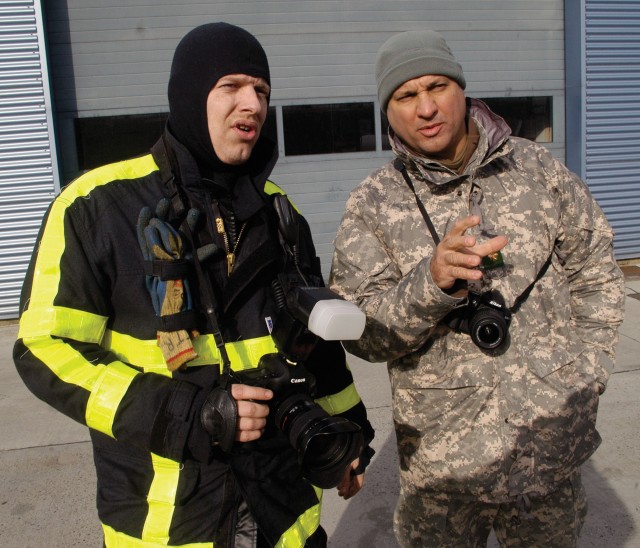
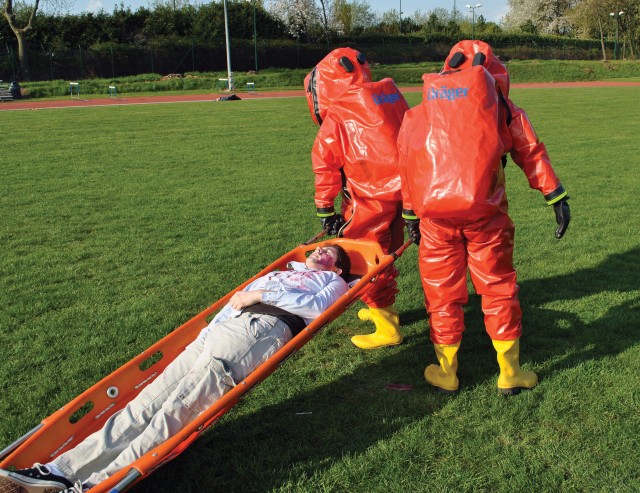
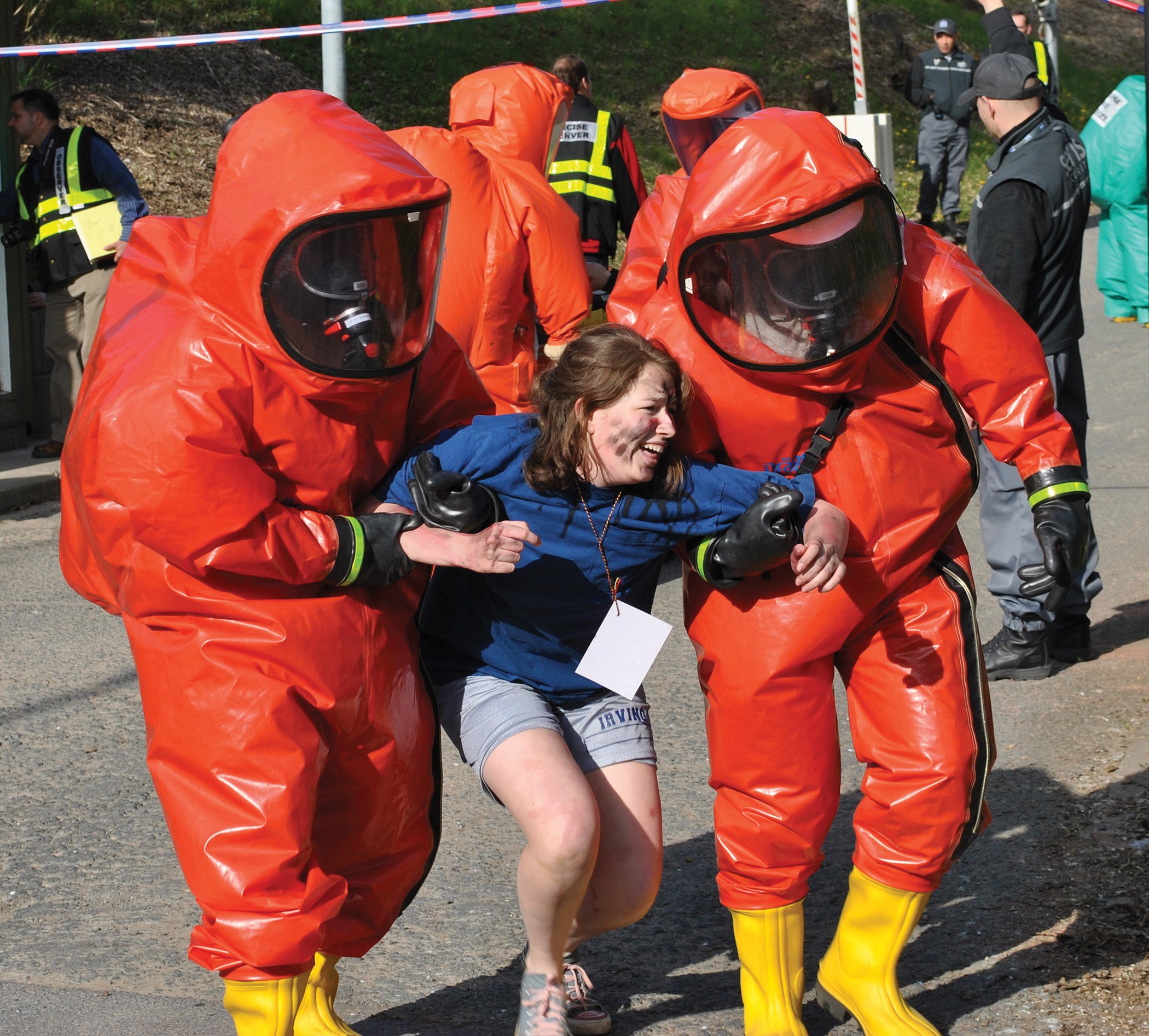
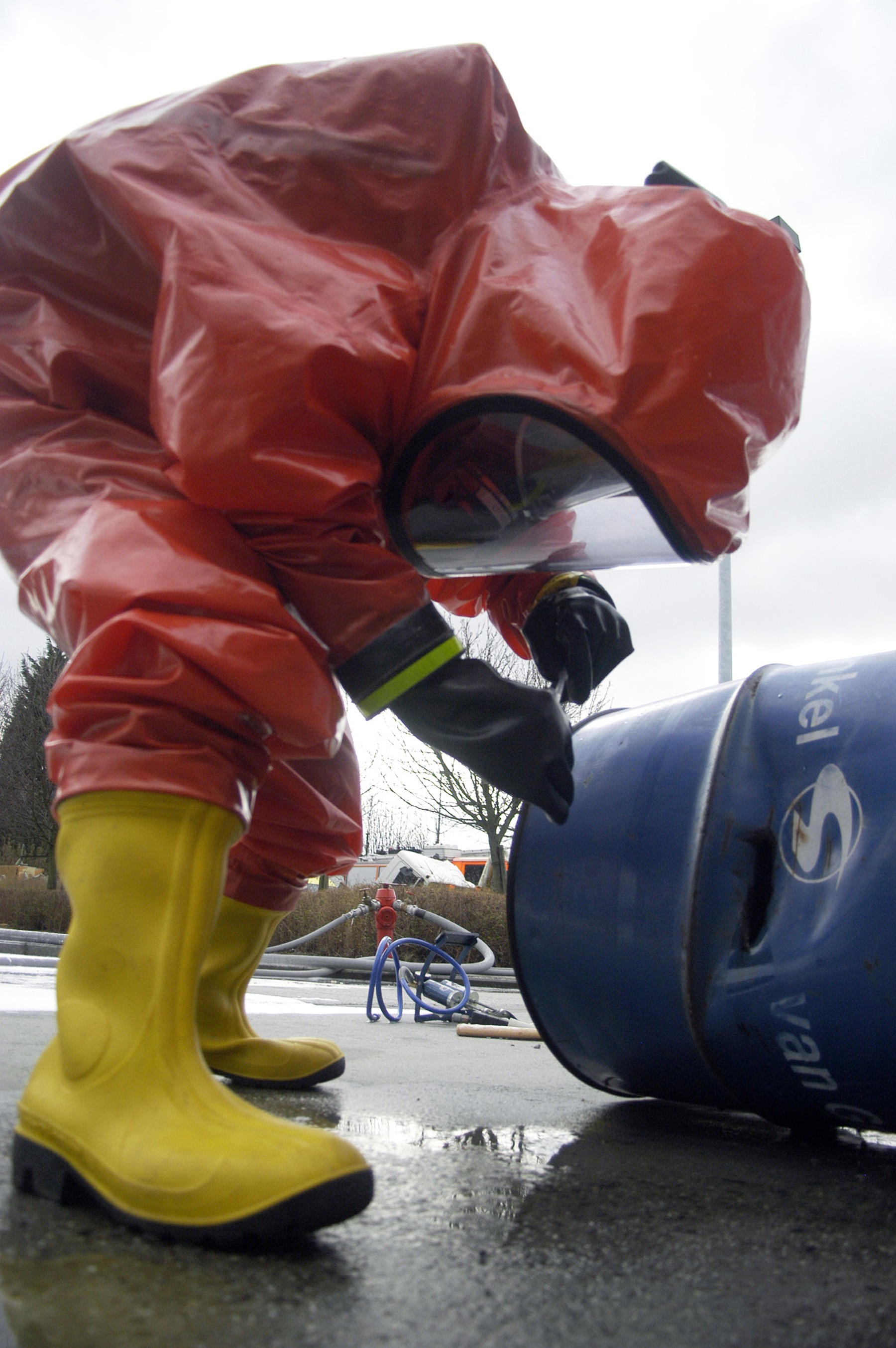
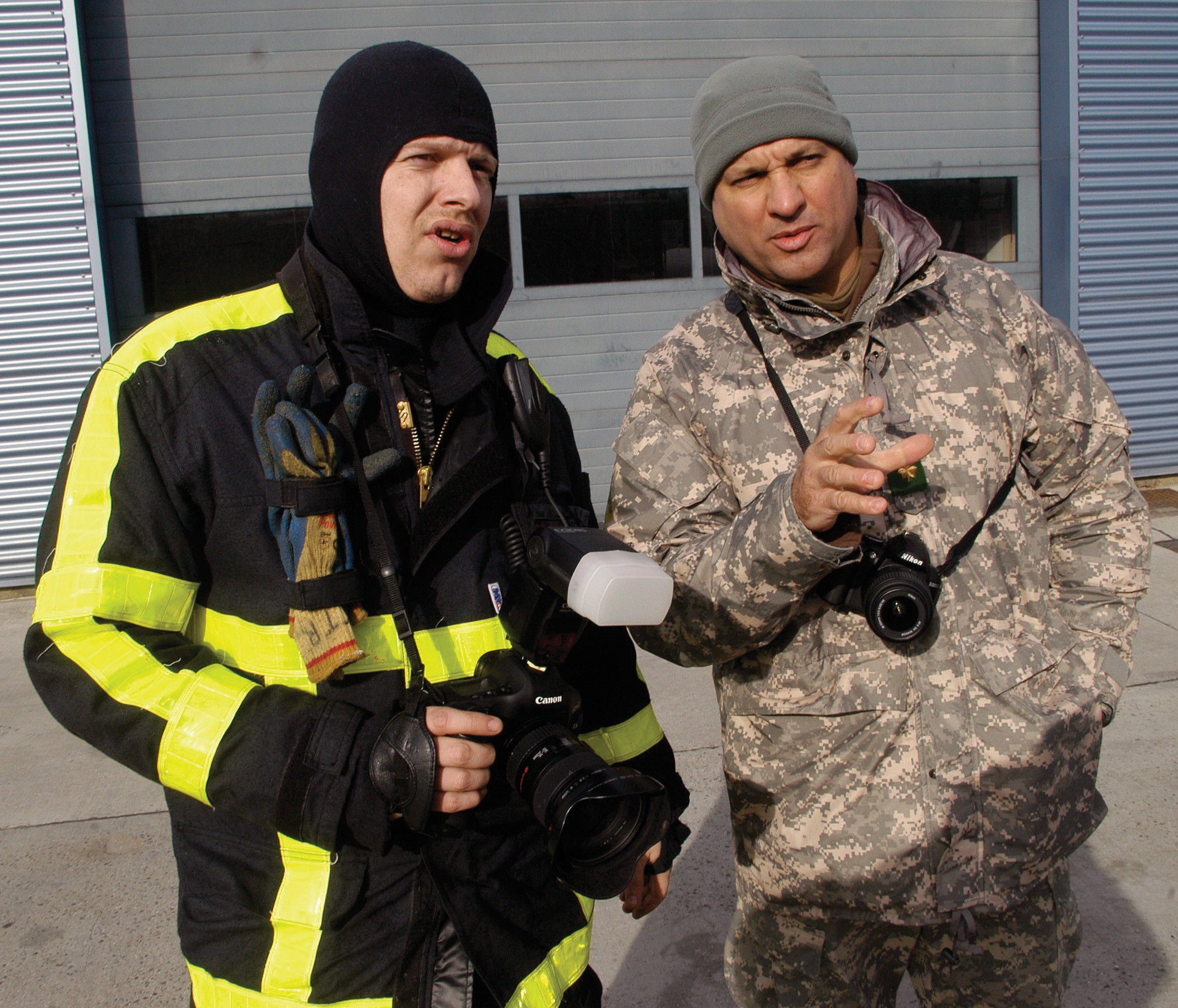
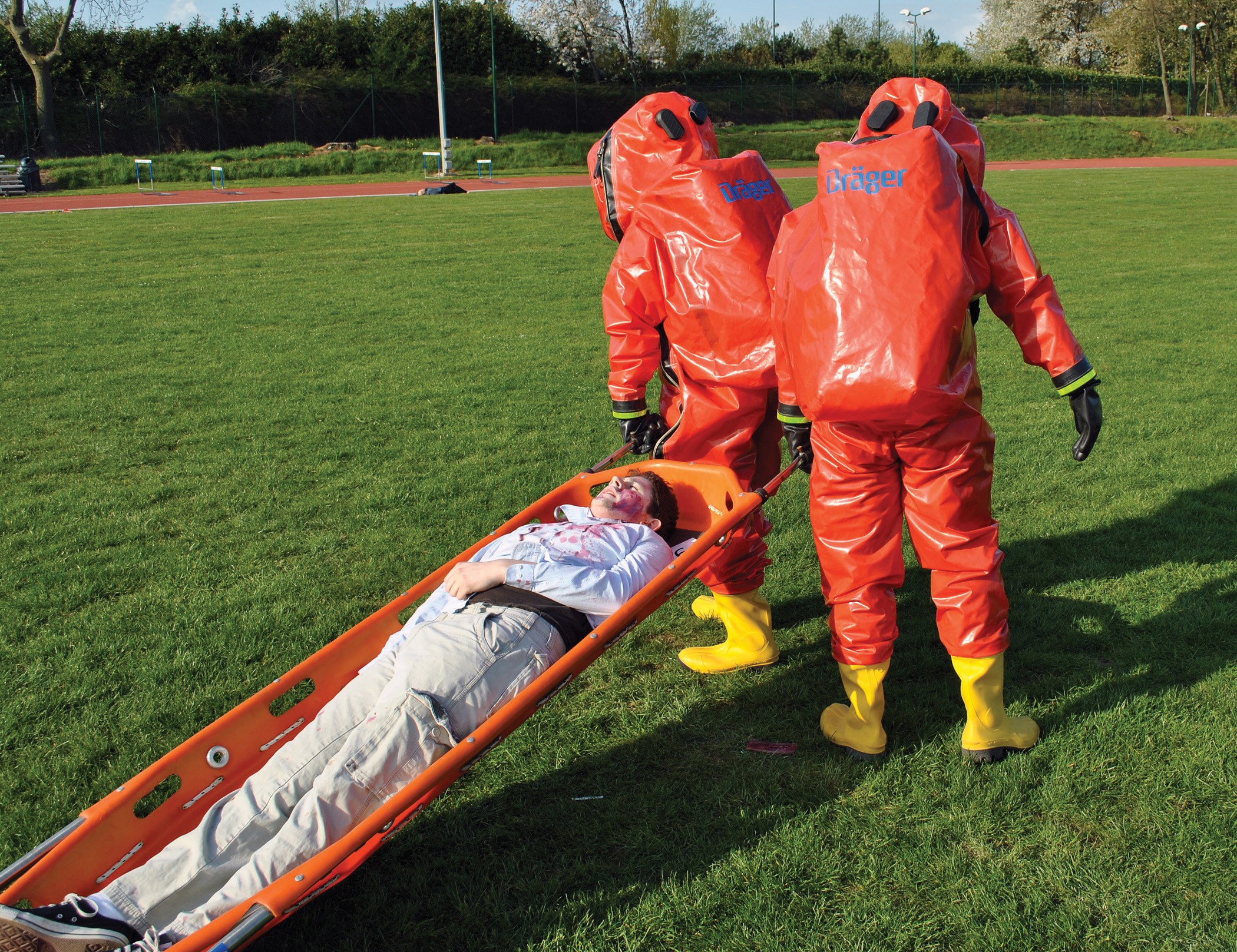
Social Sharing